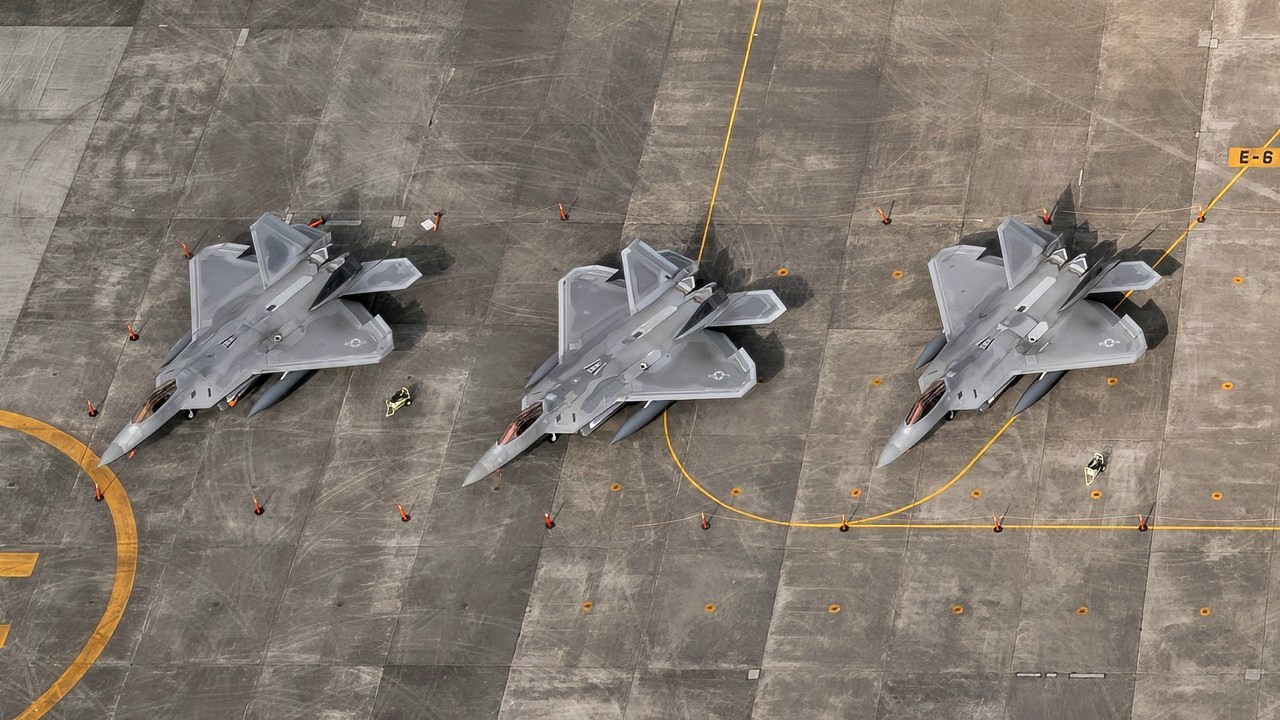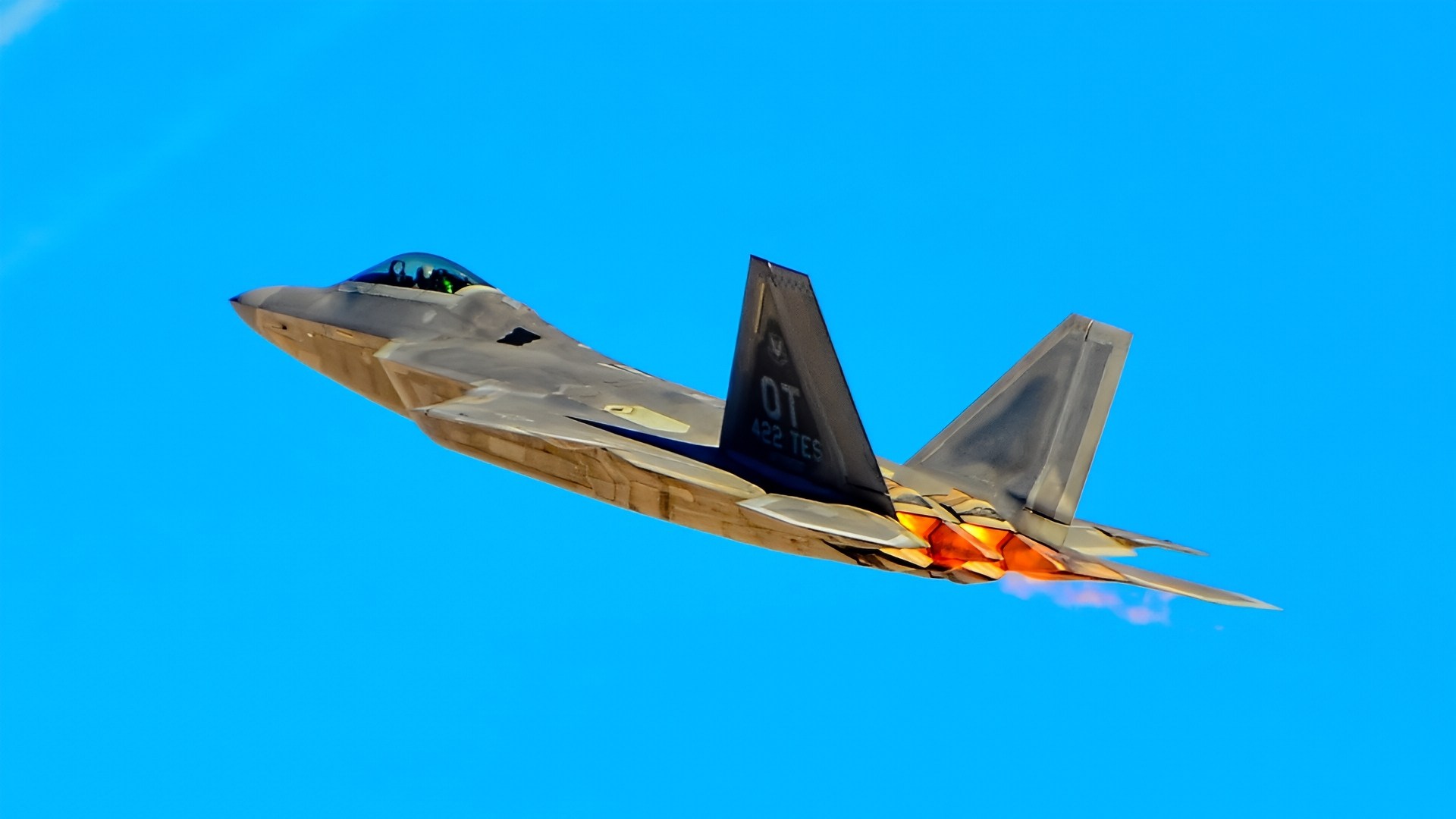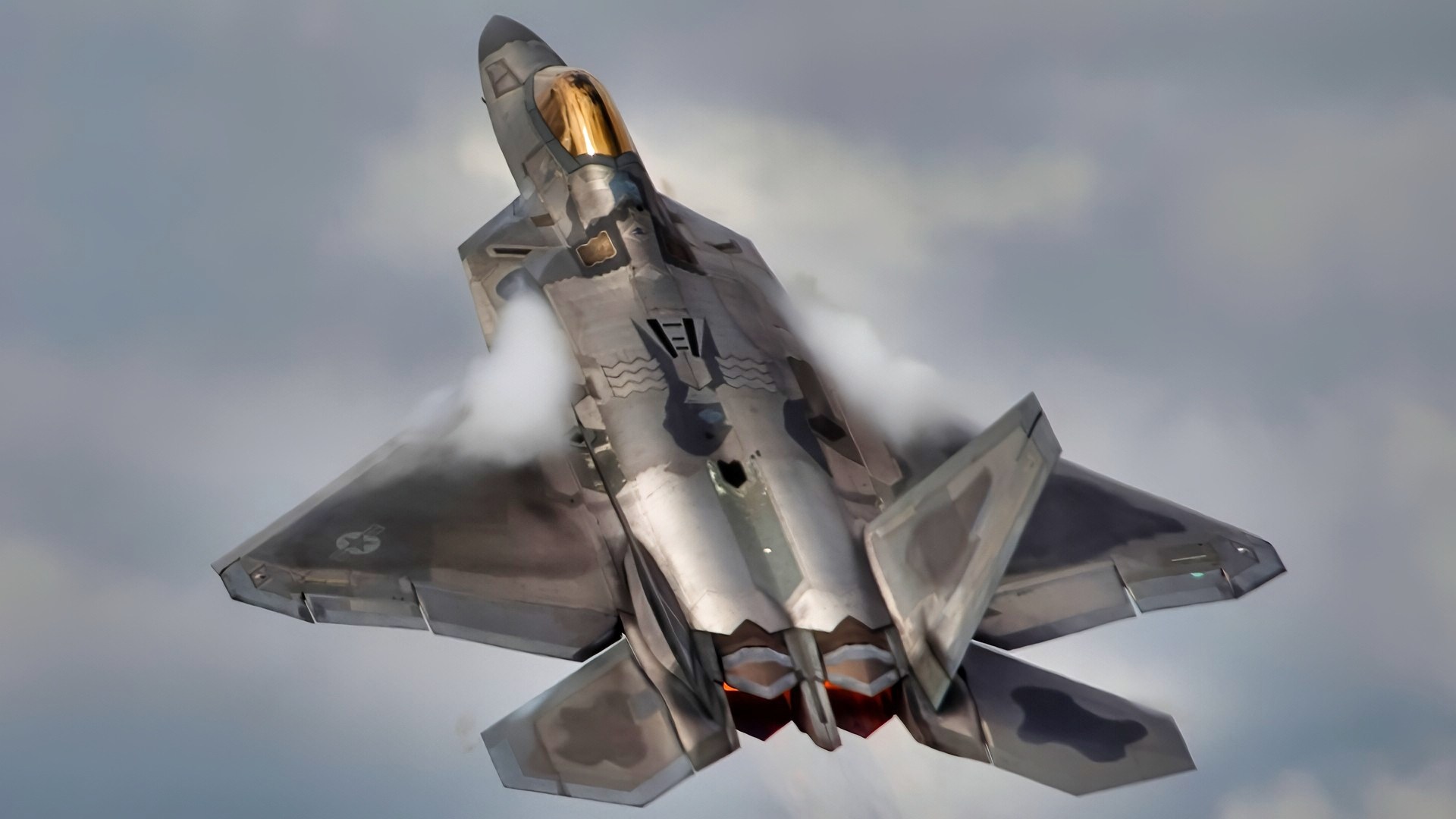Key Points and Summary – The 6th-generation F-47 (NGAD) is being designed to fix the “defining constraint” of the F-22 (590nm range) and F-35 (670nm range) in the vast Indo-Pacific theater.
-The F-47’s confirmed 1,000+ nautical mile combat radius is a nearly 70% improvement over the F-22. However, this is “not enough” to operate from Guam to Taiwan (1,700nm) without relying on “vulnerable” tankers.

NGAD F-47 Fighter. Image Credit: Creative Commons.
-While the F-47 addresses a critical flaw for the Air Force, the Navy’s F/A-XX program, which “desperately needs” the same long-range capability, has been “effectively placed on hold” as resources are directed to the F-47.
The F-47: The Range Question
The F-47 is the first sixth-generation fighter jet currently in development for the U.S. Air Force. The aircraft is intended to replace the F-22 as America’s new premier air superiority fighter.
One of the biggest concerns for racing the Air Force is range.
With China actively increasing the range of its missiles, aircraft carriers can no longer operate as closely or as freely as they could previously.
This necessitates the development of a new aircraft with a far greater combat range than any existing aircraft in the U.S. inventory.
Does the F-47 really satisfy this requirement?
What We Know About the F-47
Although official images remain scarce, official renders indicate that the F-47 will feature a tailless, blended-wing-body design.
This configuration reduces radar cross-section and improves aerodynamic efficiency, enabling greater range without sacrificing speed.
The aircraft is expected to incorporate advanced stealth materials and shaping to defeat low-frequency radars and infrared sensors, achieve speeds comparable to or exceeding Mach 2, and integrate artificial intelligence to control multiple drone wingmen during missions.
It will also employ cutting-edge sensor fusion technologies and carry a larger internal payload than previous fighters, potentially including next-generation air-to-air missiles and directed-energy weapons.
Filling the U.S.’ Range Gap
The Air Force has confirmed that the F-47 will have a combat radius of at least 1,000 nautical miles on internal fuel but the real number is likely higher (hopefully).
This is nearly fifty percent greater than the F-35’s 670 nautical miles and about seventy percent more than the F-22’s 590 nautical miles.

Eight U.S. Air Force F-22 Raptors from Joint Base Elmendorf-Richardson, Alaska, sit on the flightline, July 9, 2018, at Yokota Air Base, Japan. Eight F-22s evacuated from Kadena Air Base, Japan due to Typhoon Maria. The F-22 are deployed under U.S. PACOM’s theater security package (TSP) program, which has been in operation since 2004. (U.S. Air Force photo by Yasuo Osakabe)

F-22 Raptor Stealth Fighter Flying. Image Credit: Creative Commons.

F-22 Raptor in UK. Image Credit: Creative Commons.
This increase matters because range has become the defining constraint in modern air warfare, especially in the Indo-Pacific theater. Unlike Europe, where airbases are relatively close to potential conflict zones, the Pacific is vast. Guam to Taiwan is about 1,700 miles, and Guam to the Chinese mainland is roughly 1,800 miles.
Even with a 1,000-nautical-mile combat radius, an F-47 operating from Guam cannot reach Taiwan or mainland China and return without aerial refueling.
Tankers remain indispensable, though the F-47’s extended range means fewer refueling sorties compared to current fighters.
The F-47 was built to address the deficiencies of the F-35. The F-35 is a fantastic fighter jet, but let’s face it, the aircraft is held back by its design.
Built for stealth and versatility, the F-35 compromises internal fuel volume, and its single-engine configuration greatly limits its combat range.
The F-35A and F-35C have more or less the same combat range at around 670 nautical miles, while the F-35B only has around 505 nautical miles.
This is not nearly enough range needed for a confrontation against China, even with the benefit of aircraft carriers.
The F-47 aims to fill this range gap.
Is it Enough for a Showdown Against China?
China’s A2/AD strategy relies on long-range surface-to-air missiles, integrated air defenses, and fighter patrols extending hundreds of miles from its coastline. To project power deep into this environment, U.S. aircraft need both range and persistence.
A 1,000-nautical-mile combat radius allows the F-47 to operate from forward bases like Kadena in Okinawa or Andersen on Guam with tanker support. Still, it does not eliminate the logistical vulnerability of refueling assets.
Nevertheless, compared to the F-35 and F-22, the F-47 dramatically reduces dependence on tankers.
For example, an F-35 flying from Guam would require multiple refuelings to reach Taiwan and return, whereas an F-47 might need only one and could loiter longer in contested airspace before refueling.
Furthermore, the F-47’s integration with stealth tankers and CCAs extends its operational reach. Loyal wingman drones could carry extra fuel or weapons, further reducing the fighter’s burden.
The Indo-Pacific theater remains the most demanding environment for range. U.S. planners face two dilemmas: forward bases like Kadena and Guam are within range of Chinese ballistic missiles, and current KC-135 and KC-46 tankers are non-stealthy and highly exposed in contested airspace.
The F-47 partially mitigates these issues by reducing the frequency of tanker rendezvous and enabling operations from bases farther from Chinese missile threats.
Its stealth and speed allow it to penetrate Chinese air defenses, and its ability to command unmanned systems enables distributed operations that complicate enemy targeting.
However, analysts warn that without a stealth tanker fleet and hardened forward bases, even the F-47’s range advantage may not suffice for sustained operations.
What About the F/A-XX?
One answer is to create a naval version of the F-47 for carrier operations.
The U.S. Navy has been advocating for its F/A-XX program for some time now and desperately needs a new aircraft for long-range missions.
A new aircraft with extended range would allow carrier strike groups to operate closer to contested areas without exposing them to missile threats.
However, since so many resources have been directed towards the F-47, the F/A-XX has been effectively placed on hold.
The F-47 is undoubtedly a valuable asset for the future of American air dominance, but naval aviation is just as important, especially in regions like the South China Sea.
About the Author: Isaac Seitz
Isaac Seitz, a Defense Columnist, graduated from Patrick Henry College’s Strategic Intelligence and National Security program. He has also studied Russian at Middlebury Language Schools and has worked as an intelligence Analyst in the private sector.
More Military
A ‘Small War’ Against Venezuela Is a Really Big Mistake
The Air Force’s Mach 2 F-15C/D Fighter Isn’t Going Anywhere
The United Kingdom Has a Message for the F-35 Stealth Fighter










